We were lucky to catch up with Josh New recently and have shared our conversation below.
Hi Josh, thanks for joining us today. Often outsiders look at a successful business and think it became a success overnight. Even media and especially movies love to gloss over nitty, gritty details that went into that middle phase of your business – after you started but before you got to where you are today. In our experience, overnight success is usually the result of years of hard work laying the foundation for success, but unfortunately, it’s exactly this part of the story that most of the media ignores. Can you talk to us about your scaling up story – what are some of the nitty, gritty details folks should know about?
Every business is unique but a lot of small business share the common thread of the founder being the heart and soul of the work that gets done. As a photographer, my business started with just me. I was a high school teacher during the week but I started to take on photo clients on the weekends and over the summer breaks.
My first jobs were primarily senior pictures and were easy enough to handle all on my own. I would take the photos on location and then edit them in the following days and deliver them to my eager clients. As with most baby business concepts, I never found myself overwhelmed with the amount of work or my ability to get it all done alone. Slowly over a few years my clientele increased and the idea that I may be able to do photography full time became a reality.
Once I actually founded my business, quit my job, and moved into a professional space that wasn’t my spare bedroom at home the pressure rose because of the new overhead costs, but my ability to do the work myself was still well within my grasp. Now I had an absolute amount of work I had to get done to pay for my missing teacher salary and for the new space, but I was thankful to have landed in an artist collective with a fairly low rent.
This phase was terrifying at first, but I never went faster than my revenue dictated and I was quite happy to live simply on my own terms. Now that I had more time to dedicate to photography, I was able to take on even more jobs during the work week and slowly gained corporate clients to fill my days. The energy I used to spend on teaching teenagers now turned to on-location photo shoots and the occasional late nights in front of the computer editing client work.
Then it happened: one of my clients proposed a project that would bring in more work than I could do on my own. It was sustainable work that would be completed over several months. If it went well they were prepared to renew it into the next year. The income was beyond my baby business expectations but I knew right away that I would not be able to do it alone; the amount of time I would have to be behind the camera would surpass the additional amount of time I would need to edit all the images. I was standing before the proverbial wall of productivity I had been warned about. I would have to hire an employee to handle the editing or I could not accept this job.
As a visual artist, my personal style and skill were the backbone of my business. I was hired over other photographers because there was something unique and special about my work. Now I would have to split myself in two and I wasn’t sure how to do that. How in the world could I train someone to execute the creative decisions that I had up until now been doing subconsciously? How could I teach a new editor to match the extreme skill of execution that I had been honing in myself over years?
Step one was to find a candidate. Step two would be to start the work and find the gap in productivity then step three would be to train my new employee to fill that gap. I was unsure of how that might happen, but I was a former educator so I accepted the project and moved forward.
My employee came in the form of my best friend’s daughter who had no experience with photography but was eager to learn and very bright. I got her on board and began to teach her the basics of Photoshop. I took a very detailed look at my own editing processes from start to finish and as she gained a mastery of the program, we started to develop a set process for how I personally used it.
The job started and it consisted of a series of 80 portraits of participants in a local business program. One by one we scheduled them, shot them, and then began to create an editing workflow. As her experience with the process rose, so did her technical abilities. My need to assist her grew less and less, and by the end of the project she had become a Photoshop expert. The surprising thing was that the final images were exactly as I would have done them myself! I had done it. I can created a process that doubled my efficiency without compromising my own personal, artistic style.
The job was a great success and the project was contracted for four more years culminating in a portrait series of over 1000 people. There will always be a limit on what you can do yourself. However if you are able to take an introspective look at how and why you do things the way you do, you can turn this information into a teachable series of tasks and processes that you can teach to someone else to help you move past the wall of individual productivity.
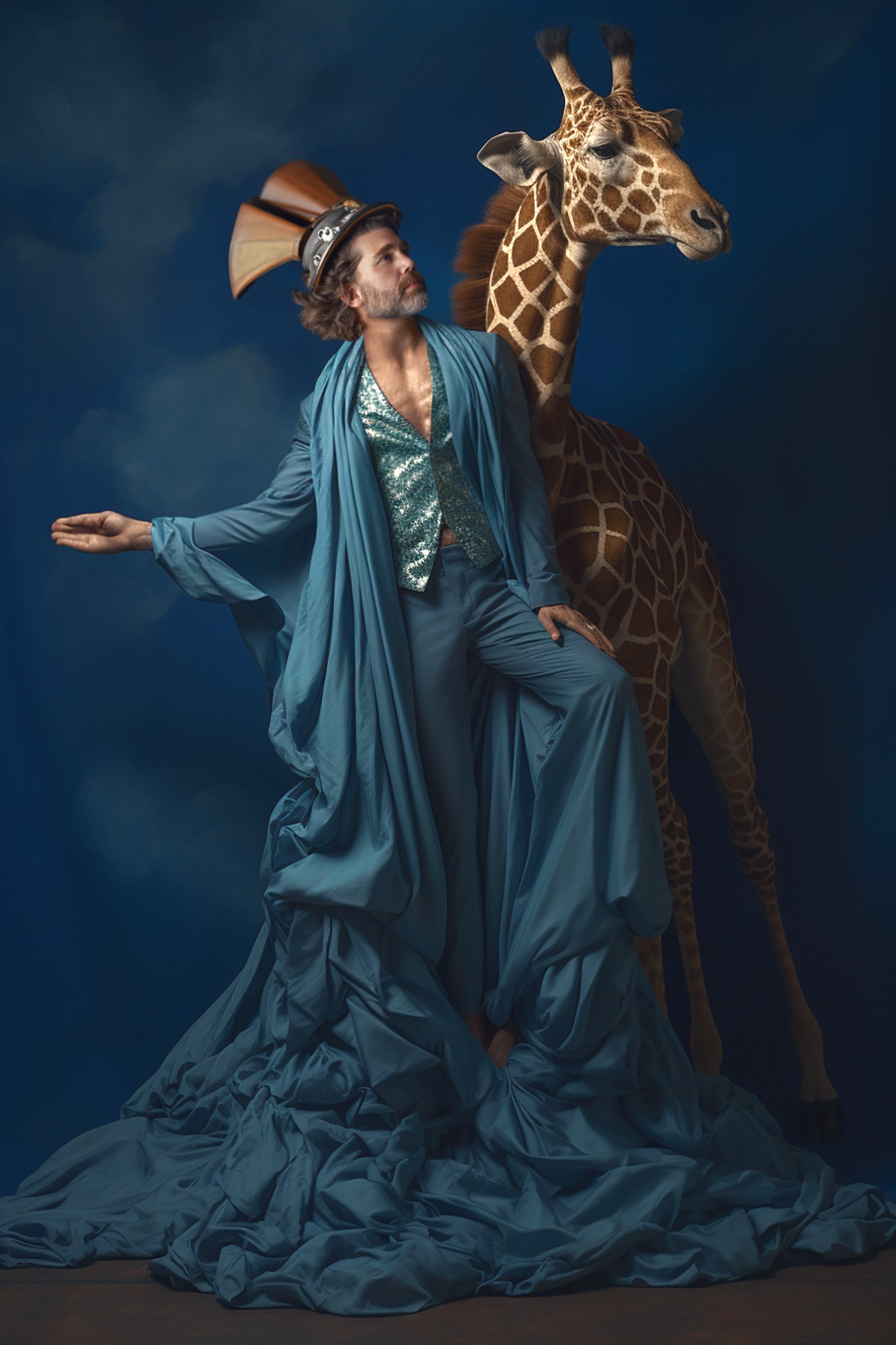
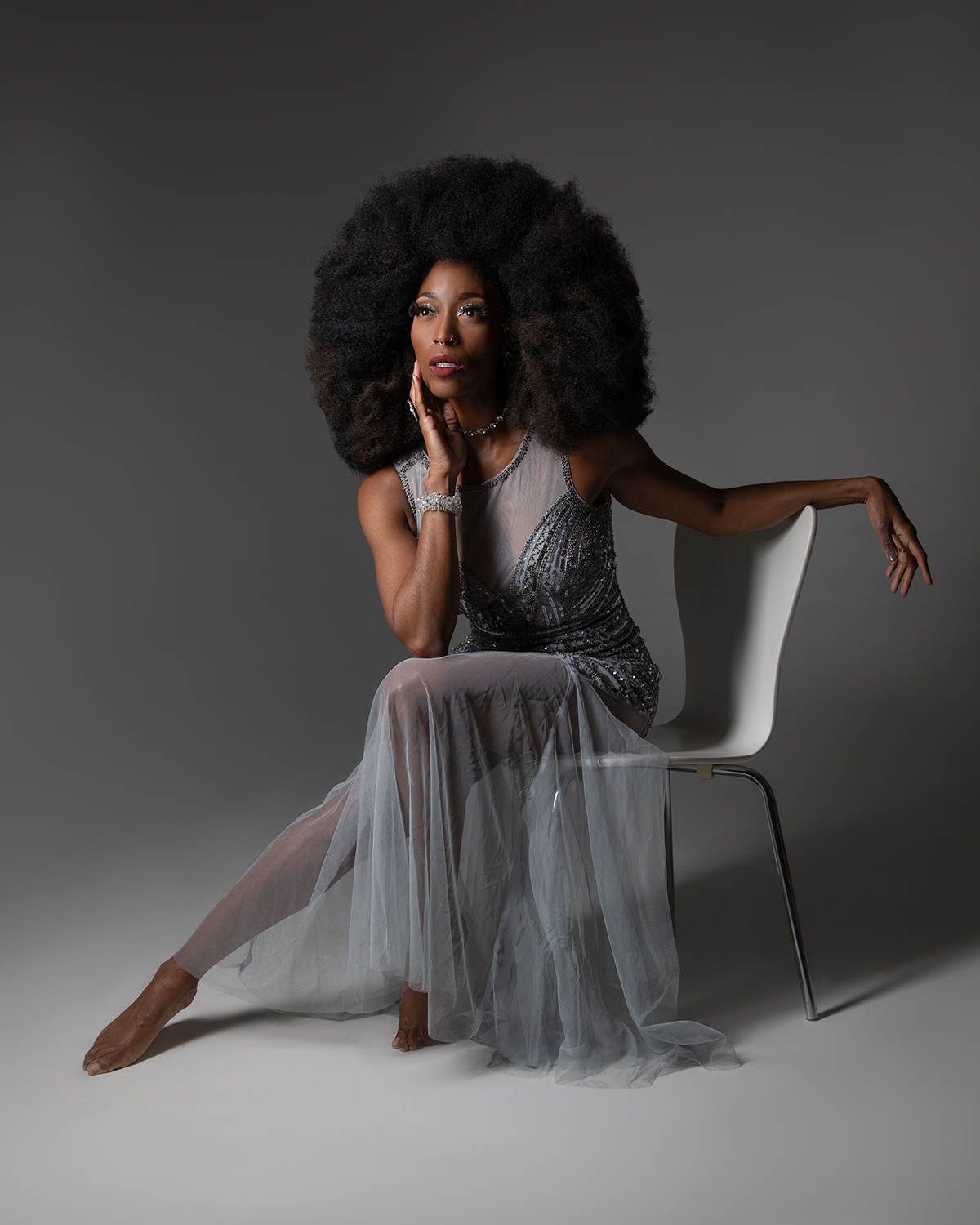
Awesome – so before we get into the rest of our questions, can you briefly introduce yourself to our readers.
I am a commercial photographer in Tulsa, Oklahoma specializing in portraiture and visual storytelling. I earned my Masters of Fine Art in Photography from the University of Tulsa, ironically just so I could get a raise as a public high school teacher. I, like many others, was taught that jobs in the arts were unrealistic and impossible for me so instead of initially forging the path of an artist, I chose to teach instead.
Now I work with commercial businesses, non profits, and arts organizations to tell their stories for marketing campaigns and organizational branding. I am very honored to work with clients such as the Tulsa Area United Way, Tulsa Ballet, and Arvest Bank (to name a few) to showcase their work and workers in a beautiful way that in turn makes our city and communities look their absolute best.
At the core of my style is the belief that everyone is beautiful. One of my favorite photographers one said that “a photograph is an opinion” and I believe if you go in knowing there is beauty to be found in a person or a scene then you will certainly find it. My job is to always find beauty through my camera and to show it back to the person so they can see it for themselves.
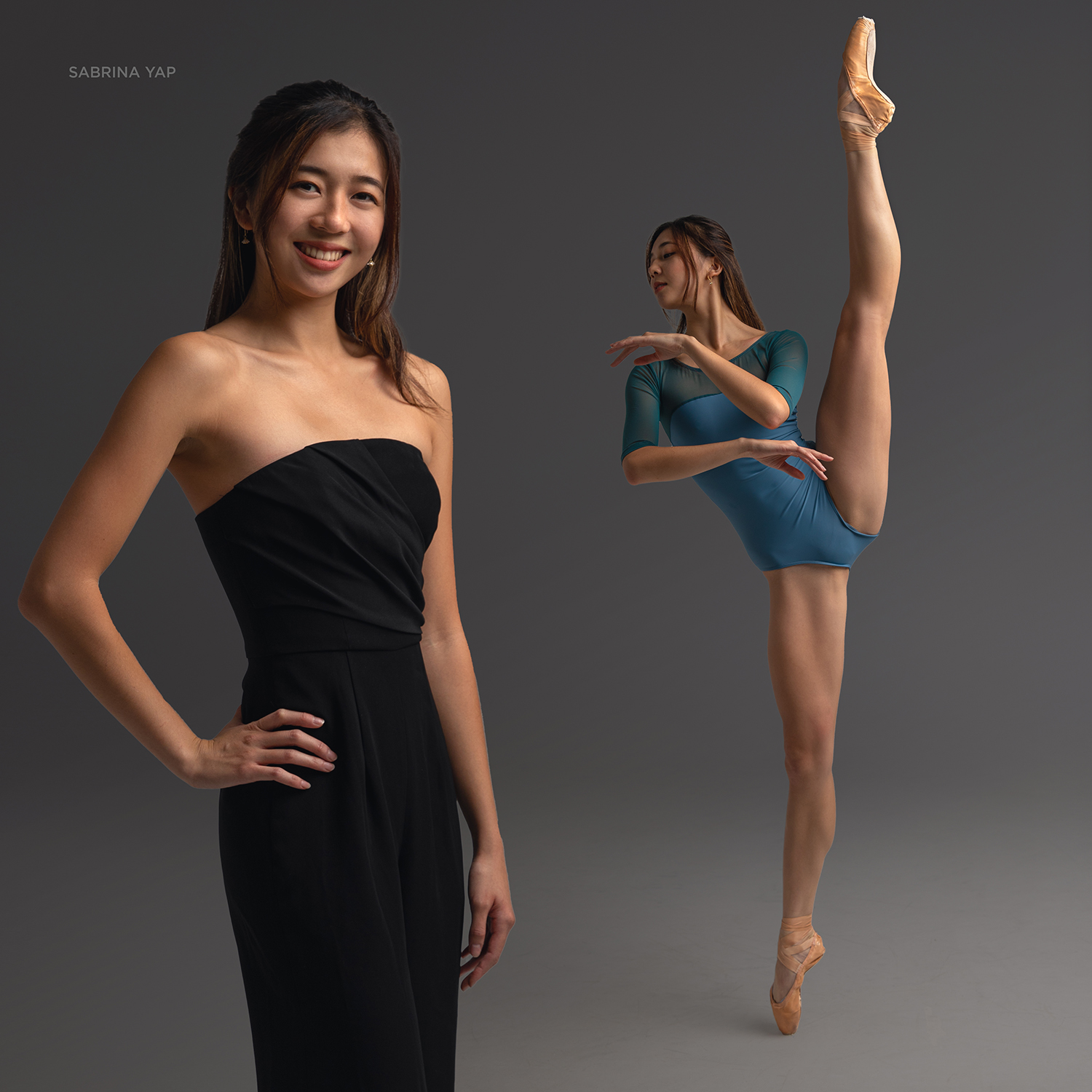

We often hear about learning lessons – but just as important is unlearning lessons. Have you ever had to unlearn a lesson?
My very first job was at a grocery store and I remember being told that the customer is always right. In a customer service facing role and for a business you are merely a representative of I can see how this may be a helpful mantra, but as my own representative and in the face of overbearing clients I have had to unlearn this particular bit of instruction.
One of my earliest jobs was taking product photos of watches for a Kickstarter campaign. They were embellished with wood and wanted a high-end vibe. They also wanted a few lifestyle shots of the watches on some models. I was very excited.
The watches arrived and I set to photograph them. I worked with a stylist to hire models and to schedule a shoot. Everything went well, except the client didn’t like anything I sent them. The watches didn’t look “expensive enough” and the model shots were “all wrong.” My work was technically excellent and completely what they had originally asked for… but the client was not impressed. He wanted the watches shot with a different background and he wanted me to hire new models and to style them completely differently.
I panicked and shot the watches again. They were better but “still not good enough.” I didn’t have budget to hire new models so I asked some friends to fill in. The client called me and had me walk through the mall sending him pictures of clothes that he approved or rejected and instructed me to purchase what he liked for the shoot and then said I “could return it afterwards.” I was so wrapped up in keeping him happy and in making this early job a success that I did it all without question.
Finally a friend asked me, “how much is he paying you for all this.” I answered, “$1000.” He said, “are you giving them all of the shots, even the ones he says he doesn’t like?” I said, “yes, of course.” Finally he asked, “do you think you’ve done a good job?” I said, “I’ve done my absolute best. I don’t know why he’s unhappy. But I’m determined to meet his expectations.” After all, the customer is always right.
My friend looked at the assets I’d created and said, “Your work is beyond acceptable. He’s taking advantage of you.”
I had never considered that. I was so panicked to gain his approval that I had more than tripled the initial amount of contracted work and had not raised my price at all. And more than anything I was doubting myself and my abilities. When he called back to give me feedback on the second model shoot I fired him as a client. He was in shock. I was in shock. I almost threw up.
But my friend was right: he was taking advantage of me, plain and simple. The customer isn’t always right. Sometimes they need to be fired.
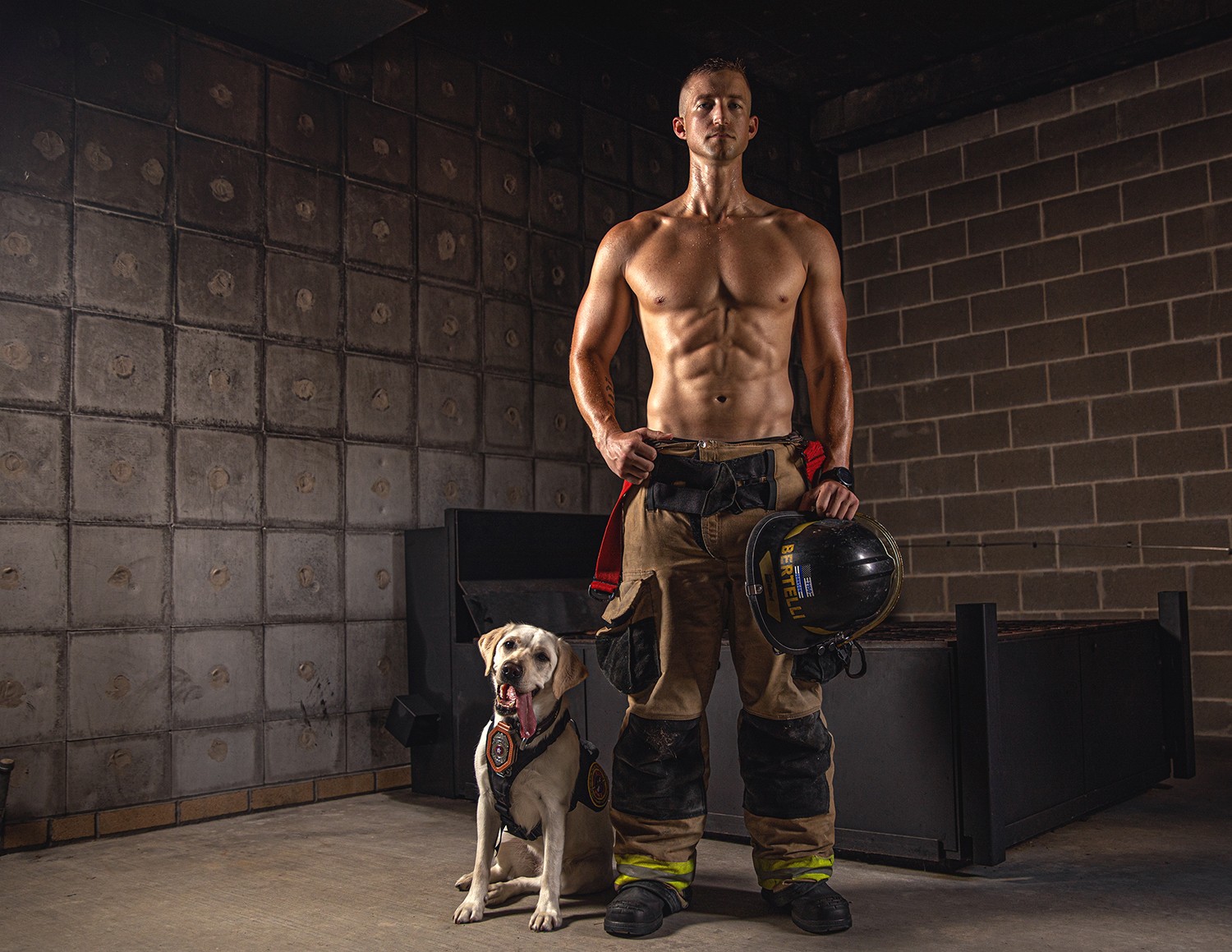
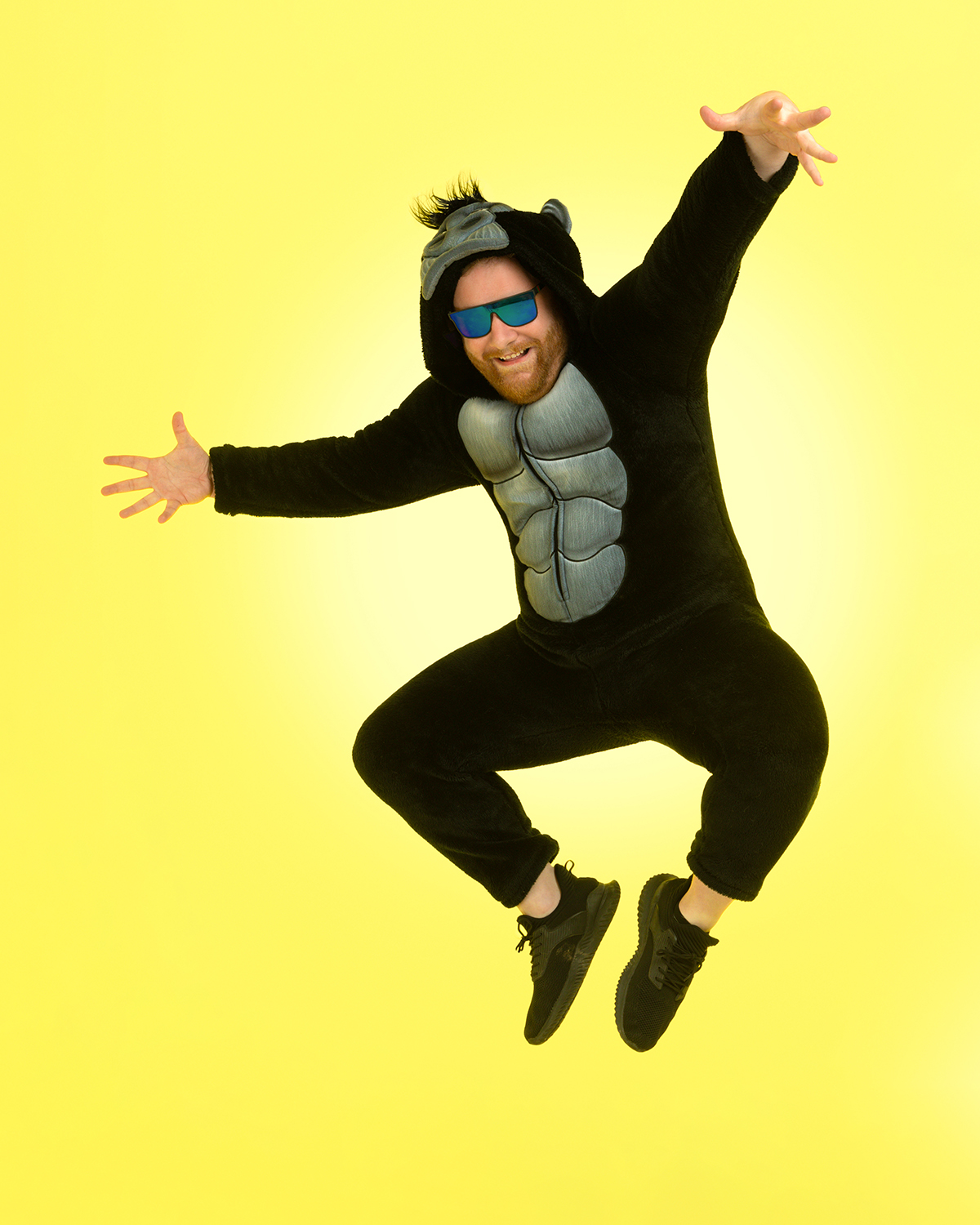
Can you tell us about a time you’ve had to pivot?
One of the craziest times I had to navigate my business through was the COVID pandemic and resulting lockdown. In April 2019 my business wasn’t even two years old and the majority of my income came from portraits and headshots. When it was announced that social distancing was mandatory and the lockdown called for people to stop meeting face to face I knew my current business model was on hold indefinitely.
As a small business I was still operating month to month, and the reality of not being able to meet clients to photograph them spelled complete doom. How was I to do my job and make money if I could not be in the same room as other people? All the bookings I had were cancelled. My revenue zeroed out overnight.
I remember thinking, “well this is it. You should never have quit your job.”
I was in the middle of a year long portrait contract with a client and I had to call them with the possibility that I may not survive the lockdown to resume the project once the health threat was over. I honestly did not see a way out of my situation.
To my surprise, my client suggested an alternative solution that I could never have dreamed of. He said that since his program was all about recruiting people to the City of Tulsa, why didn’t we take a pause on the participants and instead photograph Tulsa. Spring was in full bloom and since no one was outside, he commissioned me with a new temporary task of photographing all the parks and attractions of our city.
I certainly did not consider myself a landscape photographer but the fear of taking on work outside my specially and comfort zone was overpowered by the gratefulness at a chance to keep my business afloat through a global crisis.
That spring I challenged an entirely new genre of photography and developed new skills I may never have encountered to photograph parks, monuments, and buildings. Once the lockdown was lifted I gladly returned to indoor portraits of people, but I am so thankful that I was able to pivot in that moment to keep my business alive.
Contact Info:
- Website: https://www.joshnewphotos.com
- Instagram: @joshnew.photography
- Linkedin: https://www.linkedin.com/in/joshnewphotography
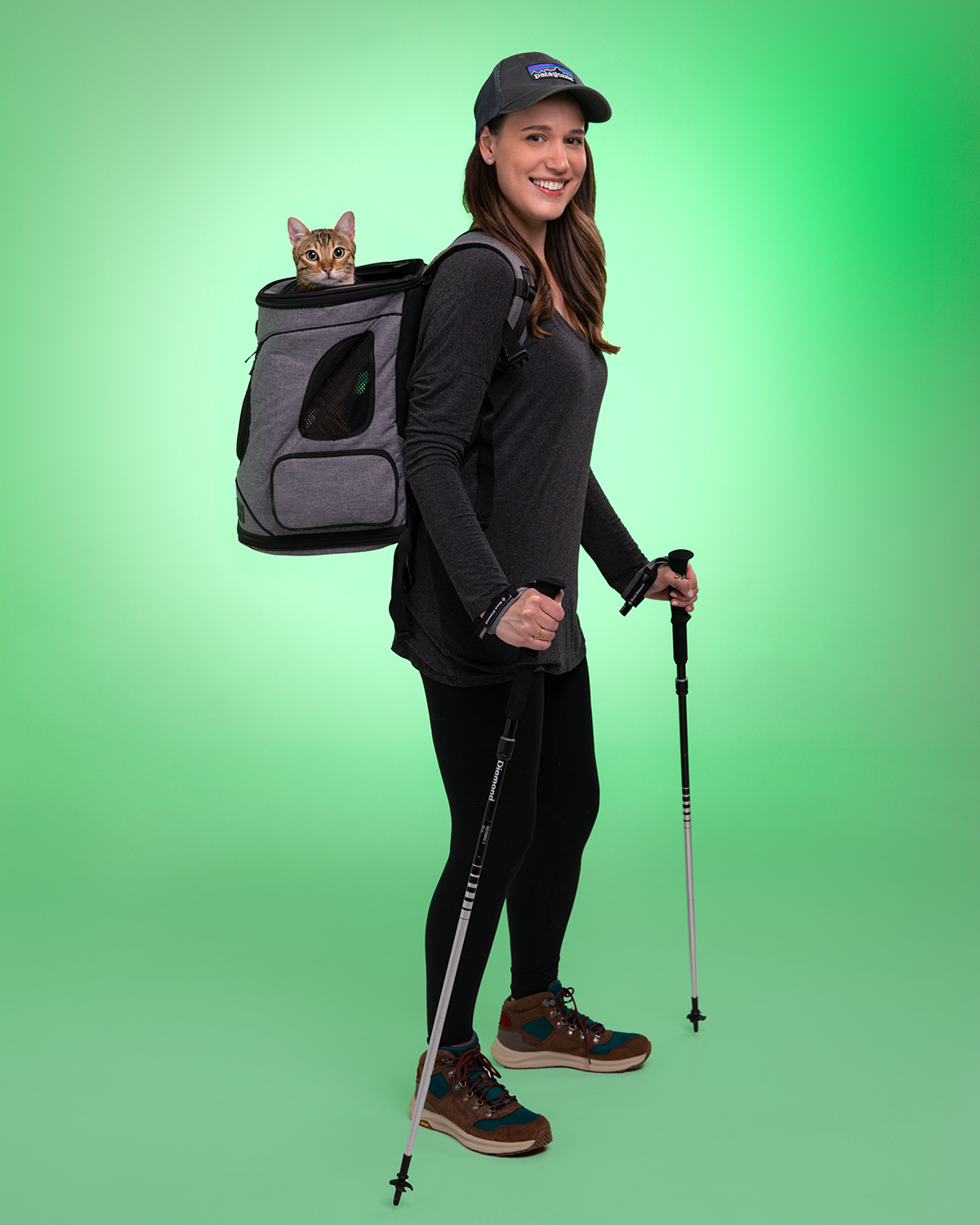

Image Credits
All shot by me.


